Enough Of Lip Service! CX Experts Urge East African CEOs & Boards to Radically Rethink Customer Experience
Enough Of Lip Service! CX Experts Urge East African CEOs & Boards to Radically Rethink Customer ExperienceAt the inaugural Customer Experience Association of Uganda (CXA Uganda), CEO Breakfast, three leading customer experience experts—Carol Beatrice Njoki, Liz Okomba, and Ian Golding—issued a bold challenge to East African CEOs: it’s time to stop treating customer experience as a soft function and start leading it from the top. Backed by fresh survey data, they exposed critical gaps in budget, leadership, metrics, and reporting, calling for a radical shift in how organisations structure, measure, and invest in CX.

In a landmark gathering of C-suite leaders and experience management professionals at the Serena Hotel Kampala, three of the most respected voices in customer experience delivered a united, urgent message: Customer Experience (CX) is not a soft function—it is a strategic, financial, and cultural imperative. And the time to act is now.
Presenting to an audience of CEOs, board members, and executives from across East Africa, Carolyne Gathuru, Liz Okomba, and Ian Golding called for organisations to radically rethink how they budget for, measure, and govern CX. The occasion was the Inaugural CEO Breakfast hosted by the Customer Experience Association of Uganda (CXA Uganda)—a platform aimed at elevating customer experience to the boardroom.
Carolyne Gathuru, a Kenyan CX strategist and Founder of LifeSkills Consulting Ltd, presented insights from the CX Excellence Maturity & Intelligent CX Status 2025 survey. “We have said that in customer experience excellence and in experience management, we have said that data is not the new oil… data is oxygen,” she told the room, as she unpacked the troubling disconnect between CX ambition and CX investment.
She was joined by Liz Okomba, Group Director of Customer Experience at Equity Group Holdings, who challenged leaders to take ownership of the CX agenda, arguing that “Customer Experience cannot be everyone’s responsibility… It becomes nobody’s responsibility.” Her message was clear: only organisations that embed CX into their culture, governance, and leadership structures will thrive.
Global CX expert Ian Golding, speaking in Uganda for the first time, framed the conversation in financial terms: “Customer Experience is about making money… It is all about sustainable growth.” He emphasised that effective CX management is not a campaign—it is a long-term strategy that drives both cost efficiency and revenue generation.
The Financial Dot: No Budget, No Impact
One of the most pressing revelations from the 2025 CX Excellence Maturity & Intelligent CX Status survey was the persistent financial disconnect between organisational priorities and customer experience investment. Despite companies widely declaring that “the customer comes first,” the data tells a different story.
According to the survey, 31% of customer experience leaders reported that they did not know where the CX budget sits within their organisations. Often, it is fragmented and absorbed under marketing, public relations, corporate communications, operations, or even human resources. Additionally, 39% of respondents revealed that the CX function receives less than 10% of the overall organisational budget, despite the fact that customer satisfaction and loyalty are widely acknowledged as drivers of business success.
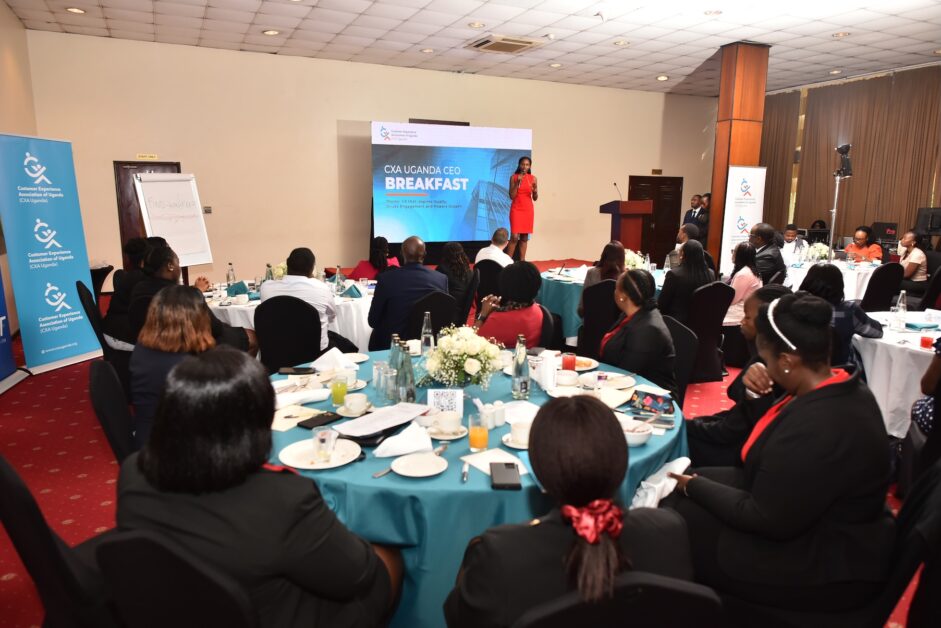
As Carol Gathuru pointed out during her keynote, this lack of financial clarity is both alarming and limiting. “We are talking about AI, robotics, machine learning… But we, who are leading this, are unaware of the budget for intelligent customer experience. This was quite a revelation,” she said. She reminded the CEOs and executives in the room that “The budget conversation is a leadership conversation.”
Carol emphasised that CX investments are often undermined by their failure to be tied directly to financial performance—a problem exacerbated by the metrics organisations prioritise. While 61% of companies said their teams are regularly trained to better understand customers, only 25% reported using financial indicators like customer lifetime value, retention rates, or revenue per customer to assess the impact of CX initiatives. Instead, most relied heavily on emotional metrics such as Net Promoter Score (NPS), Customer Satisfaction (CSAT), and Customer Effort Score (CES).
Carol urged leaders to go beyond sentiment. “We are measuring, which is great. The thing is—what are we measuring? How do we measure so that we can tie customer experience excellence to financial metrics?”
Her call was echoed by keynote speaker and global CX authority Ian Golding, who reminded the audience of the commercial imperative behind customer experience. “Customer Experience is about making money… It is all about sustainable growth,” he stated unequivocally. Golding explained that organisations often fail to manage CX properly because they don’t see the immediate financial impact, which in turn makes CX appear “soft and fluffy.” But, he emphasised, “It is not soft and fluffy.”
He went on to differentiate between two categories of financial returns that come from improving customer experience: long-term revenue generation and short- to medium-term cost reduction. “Revenue generation is the long-term financial return… But the short to medium-term return comes from cost reduction and cost avoidance, by eliminating things that are going wrong in your customer journey. There is the opportunity to save money immediately.”
The People Dot: Culture, Ownership & Leadership Gaps
Beyond budgets, the survey revealed another stubborn challenge undermining customer experience transformation: organisational culture and leadership ownership. While many organisations are investing in training—61% reported that their staff are regularly trained to better understand customers and meet their needs—the underlying cultural frameworks and leadership commitment often remain weak or fragmented.
Carol cautioned against viewing training as a silver bullet. She noted that although training is important, it can sometimes become “a medication and a coping mechanism, a painkiller for something deeper.” Organisations must ask themselves whether they are merely administering training or actively shifting culture. This requires leadership commitment and intentional behaviour change across the board.
She emphasised the power of culture in shaping outcomes, especially in African organisations. “Culture eats strategy for breakfast… and over here in Africa, culture eats strategy for breakfast, lunch, dinner—and even Rolex on the street,” she said with a mix of wit and gravity.
She challenged executives to consider whether everyone in the organisation truly embodies customer-centric values. “Customer Experience is not a department. It’s an attitude. Is everybody a customer experience champion? Is everybody a customer experience agent? Is everybody a customer experience advocate?”

Liz Okomba, Group Director of Customer Experience at Equity Group Holdings, took the point further by connecting culture to outcomes in employee engagement, customer loyalty, and digital transformation. “When you improve customer experience, you actually improve the culture of the organisation. Most importantly, if you are leading in improving customer experience, then you will also lead digital transformation,” she said.
She shared that her own recognition as one of Africa’s top digital transformation leaders was rooted in her work in customer experience, affirming that the two are inseparable. But she also highlighted the imbalance in budget allocations. “Acquiring a new customer costs five to seven times more than retaining an existing one. Yet it is easier for my marketing counterpart to get a budget for a billboard than it is for me to implement a service recovery program.”
Okomba’s challenge to the leaders in the room was both personal and urgent: “This transformation does not happen by accident. It happens when customer experience is a strategic priority with dedicated leadership, dedicated and clear accountability, and the leader is given the authority to drive change across departments.”
She posed pointed questions to the audience: “Who in your organisation wakes up every morning thinking about your customers’ experience? Who has the authority to break down silos between departments when they create friction for your customer? Who measures not just what you deliver, but how your customers feel about what you deliver? If you cannot immediately name that person, you have found your first problem.”
In other words, leadership accountability is not optional—it’s foundational. Liz warned that when CX is treated as everyone’s job, it becomes no one’s job: “Customer Experience cannot be everyone’s responsibility… It becomes nobody’s responsibility.”
The remedy, she argued, is simple but powerful: give the responsibility and the authority to someone who can drive change, and let that person report directly to the top. “You need a leader who owns this completely, someone who reports directly to you and has the mandate to transform how your entire organisation thinks about your customers.”
The Silo Dot: Misaligned Reporting and Powerless CX Leaders
One of the most striking revelations from the CX Excellence Maturity & Intelligent CX Status 2025 survey was the low positioning of customer experience leadership within organisational structures. Despite customer experience being heralded as a strategic imperative, most CX leaders do not report directly to the CEO or board. Instead, they remain buried in middle management layers, with little authority to influence cross-functional decisions.
Carol challenged this status quo by asking a simple but powerful question: If customers are the bedrock of your business, why does the person leading the customer agenda report anywhere but the top? She pointed out the contradiction vividly: “A board meeting will not start if the Chief Financial Officer is not in the room. If we are discussing finances, where have these finances come from? Have they not come from the customers?”
She continued: “A meeting should not start without a customer experience report. It needs to have reporting at board level.” For Carol, this isn’t just a symbolic gesture—it’s a structural correction that aligns governance with customer-driven strategy.
The problem, she explained, is two-fold. First is the title—many CX professionals lack the seniority to command influence. Second is the actual reporting relationship—even where CX leaders exist, their reports are often limited to operational or marketing functions. This fragmented structure creates silos and limits their ability to lead transformation across departments.
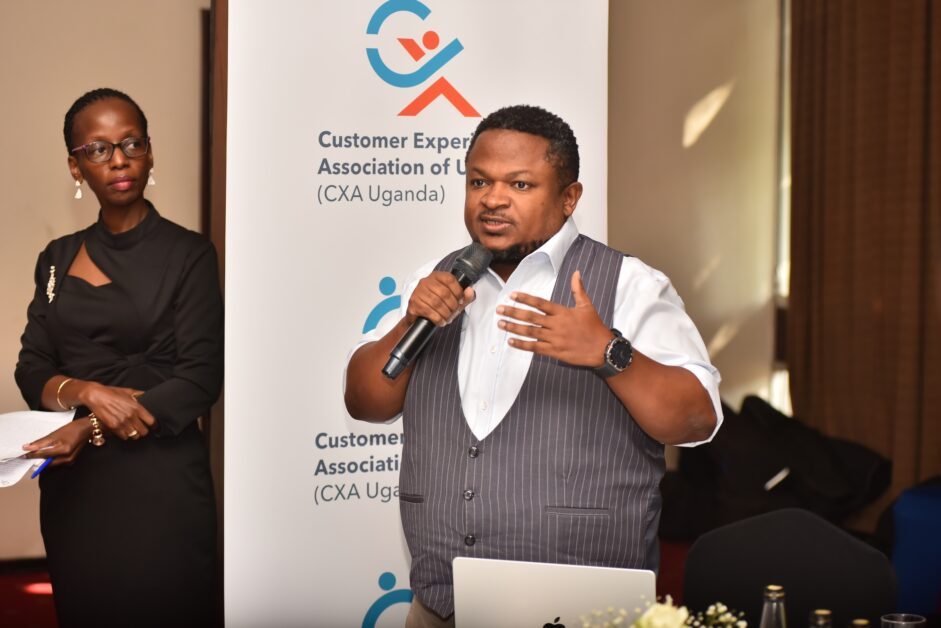
“There was a gap there in the titling and a gap there in the reporting. So we need to connect the silos—the organisational silos—that lead to complexity.”
The implications are significant. CX leaders without a seat at the executive table are unable to advocate effectively for customers, influence policy, or secure the budgets and authority needed to drive lasting change. More importantly, the disconnected structures send a signal that customer experience is not as important as finance, operations, or compliance.
Carol urged organisations to rethink their hierarchy and integrate CX leadership into the strategic core of governance. She reminded CEOs that while finance is important, it is customer trust, satisfaction, and loyalty that generate those financial outcomes in the first place. Without clear reporting lines and authority, CX becomes toothless, reduced to a set of disconnected initiatives rather than a unifying business philosophy.
As she summed it up: “Customer experience should not be seen as something out there. It is an entirely organisational agenda.”
The Metrics Dot: Time to Talk Numbers
Even where organisations are actively investing in customer experience, many continue to struggle with how to measure their value in business terms. The CX Excellence Maturity & Intelligent CX Status 2025 survey revealed that most organisations still rely heavily on emotional and satisfaction-based metrics, such as Net Promoter Score (NPS), Customer Satisfaction (CSAT), and Customer Effort Score (CES). While useful, these metrics fall short in demonstrating CX’s contribution to the bottom line.
Only 25% of organisations reported using financial metrics—such as customer retention, lifetime value (CLTV), or revenue impact—to measure the success of their CX initiatives. This misalignment, Carol Gathuru warned, continues to undermine CX’s credibility at the executive level.
“We are measuring, which is great. The thing is—what are we measuring? How do we measure so that we can tie customer experience excellence to financial metrics?”
Carol stressed the importance of connecting the dots between customer experience outcomes and measurable business value. She urged CX leaders to shift their conversations from activity-based updates to hard financial results. “We need to translate customer experience excellence into numbers and make a business case for it,” she said.
She outlined a compelling list of quantifiable metrics that CX leaders must begin tracking and reporting:
- The value of customer referrals and how much they offset advertising and acquisition costs.
- The cost of customer pain, especially when complaints escalate across departments and consume internal resources.
- The impact of complaint reduction and the dollar value associated with fewer incidents.
- The cost savings are tied to customer retention versus new customer acquisition.
- The opportunity cost of service failures or poor digital experiences.
- The brand reputation lift is associated with CX improvements.
“We need to think numbers, numbers, numbers—and more numbers,” she insisted.
Carol also made the case for emotional loyalty being a form of financial capital. She offered the example of online banking complaints, where customers often vent on social media. But sometimes, a loyal customer steps in—not to complain, but to defend the brand:
“Imagine all the PR work you would have to do to write statements, spin doctors’ notes, and then a customer steps in and says—‘I’ve been with this bank for 15 years, this is unusual. They’ll fix it.’ That’s rescue. That has value.”
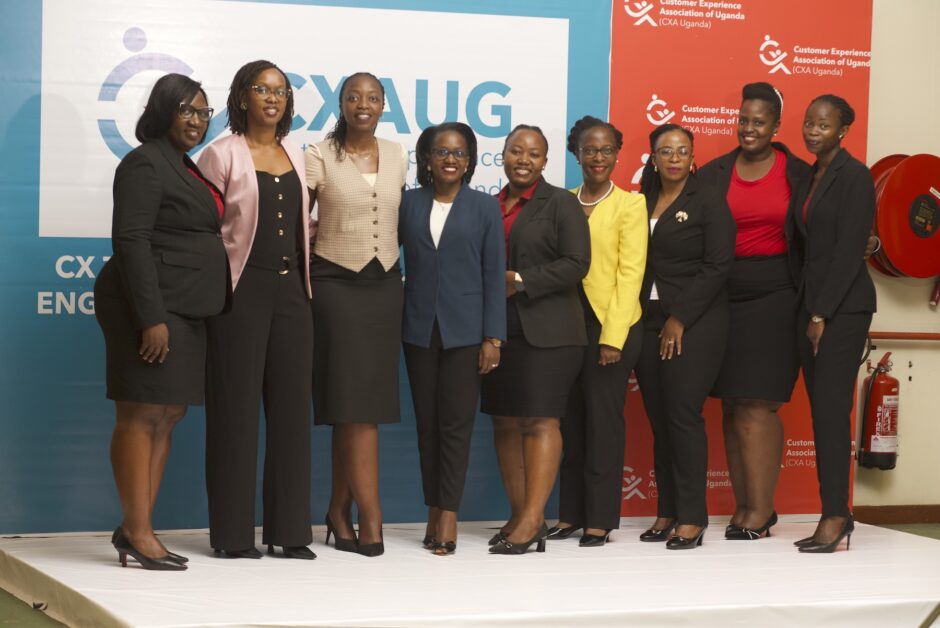
She urged CX teams to compute the cost of emotional rescue, noting that customer advocacy in public spaces reduces the need for costly reputation management.
“How do we compute the cost of a customer’s rescue because they are emotionally engaged with us? Could we have an army of emotionally engaged customers who will come and rescue us when we need rescue? We need to compute.”
Carol emphasised that these metrics must not be anecdotal. They need to be structured, reported, and expressed in financial terms—shillings, dollars, margins, or opportunity costs—so that they carry weight in executive and boardroom discussions.
Ultimately, her message was clear: if customer experience is to be taken seriously as a growth driver, CX professionals must stop speaking in sentiment and start speaking in spreadsheets.
Long-Term Thinking, Not CX Bungee-Jumping
Golding warned CEOs against short-term CX thinking, which he termed the “customer experience bungee effect.”
“Organisations start their CX journey… then a leadership change, strategy shift, or restructuring happens. And everything stops and goes backwards.”
“Customer Experience is a long-term business strategy… It typically takes legacy organisations six to eight years. But only if they remain stable.”
He called for mindset shifts from “sales-led” to “customer-led” business models.
“Sales-led organisations are short-term in their thinking… If you want your organisation to be here in 50 years’ time, this is the way.”
Connect the Dots. Shift the Dots. Now.
By the end of the CXA Uganda CEO Breakfast, one truth had crystallised for all in the room: customer experience is no longer a peripheral function—it is the engine of long-term business growth, and it must be treated as such. But unlocking that potential requires more than rhetoric. It demands intention, investment, accountability, and a radical rethinking of how organisations are structured and governed.
Carol Beatrice Njoki closed her presentation with an urgent, unambiguous call to action:
“We have been cruising, saying things are improving, which they are… But it’s always good to take a pit stop and check what’s under the surface. It’s now time for us to connect all the dots—and shift them.”
She outlined three immediate actions every CEO, board member, and senior leader must take if they are serious about driving meaningful CX transformation.
First, organisations must institutionalise board-level reporting for customer and employee experience.
“A meeting should not start without a customer experience report. That’s what we are saying.”
Carol argued that CX insights should be presented alongside financials and risk management, because they are equally strategic.
Second, businesses must build and communicate a strong business case for CX.
“Let’s prepare the reports well. We need to make a business case for customer experience excellence. We need to talk numbers.”
Carol urged CX leaders to work closely with finance teams to compute the real cost of service failures, the value of referrals, the return on retention, and the financial upside of emotional loyalty.
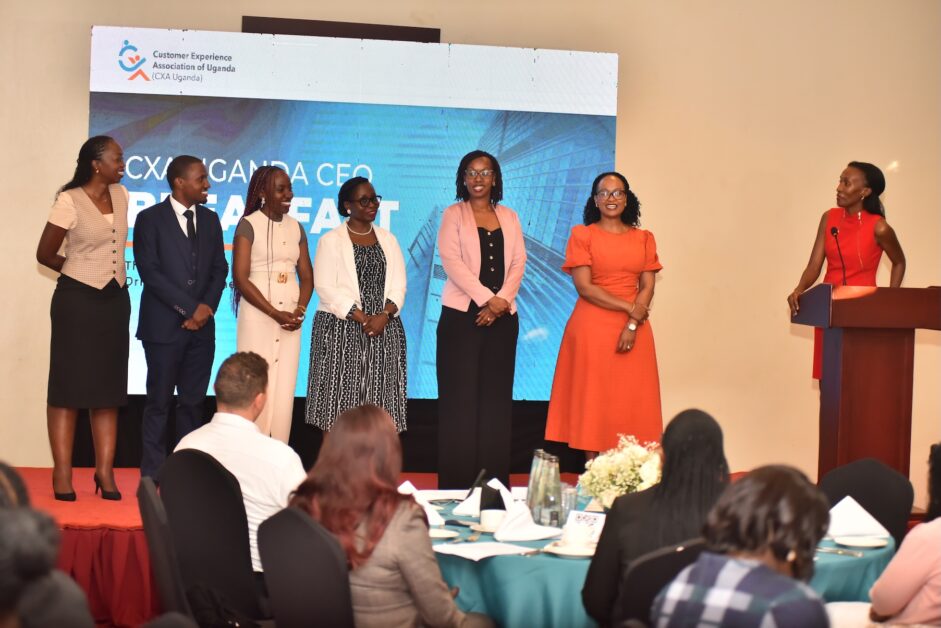
Third, organisations must elevate CX leadership to the C-suite, with the authority, resources, and mandate to drive cross-functional change.
“Otherwise, it will still be seen as a soft thing, as a non-essential thing, as a thing that doesn’t require the force and the impact that we need to give it.”
Carol’s rallying cry—“Connect the dots. Shift the dots.”—was more than just a slogan. It was a strategic reorientation: a challenge to abandon fragmented approaches and instead align leadership, finance, operations, marketing, and IT under a unified, customer-led vision.
Liz Okomba reinforced this with a powerful challenge of her own:
“Leave this room today and do something different. Do not wait for the perfect strategy. Do not wait for the perfect budget. Start by walking the customer’s journey.”
She reminded leaders that the transformation doesn’t start in a boardroom—it starts with confronting the customer’s lived reality and asking, honestly:
“Would I want to do business with my organisation? If the answer makes you pause, you know who your next hire should be.”
Ian Golding closed the event by reinforcing Uganda’s opportunity to lead globally.
“You are an incredibly friendly, welcoming society… and as a result, Customer Experience has such potential here. The Western world is going backwards with this. I think Uganda is going forward.”
“If you want your organisation to be here in 50 years’ time… this is the way.”
The message was clear: CX is not a project. It is not a department. It is not a campaign.
It is a leadership mindset, a strategic framework, and a growth engine—one that must be nurtured, measured, and championed at the very top.
And the time to act?
“Now.”
Share this content:

 From Celtel to 40 Million Lines: The Rise of Uganda’s Trillion-Shilling Telecom Empire Over Three Decades
From Celtel to 40 Million Lines: The Rise of Uganda’s Trillion-Shilling Telecom Empire Over Three Decades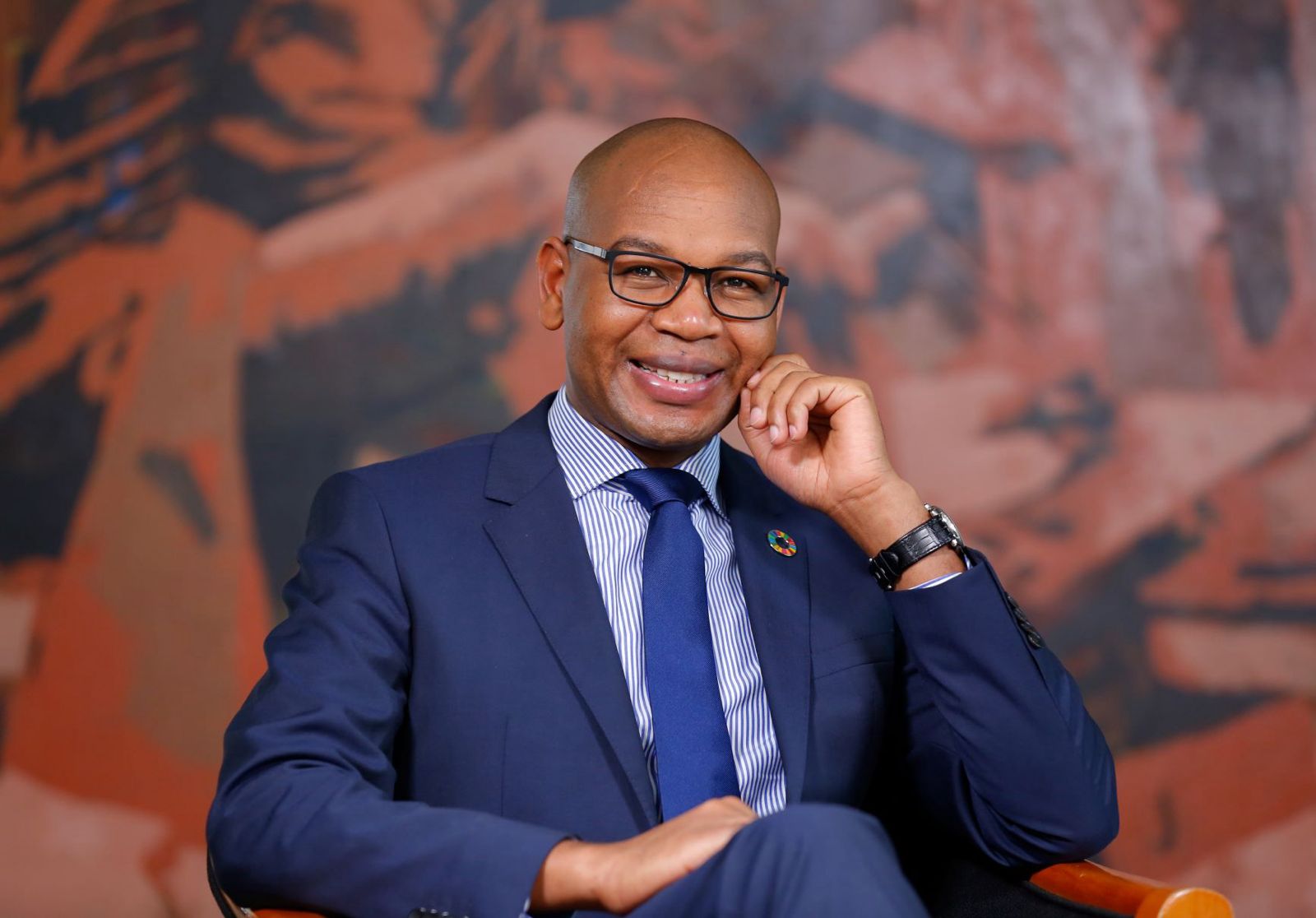
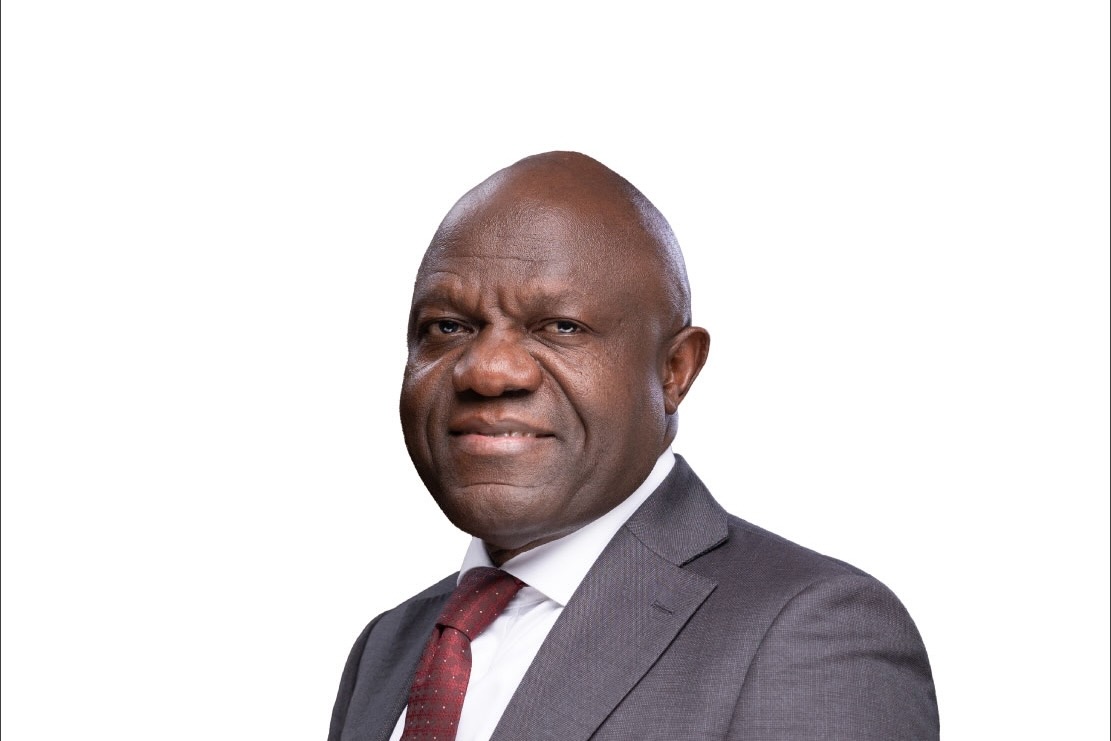
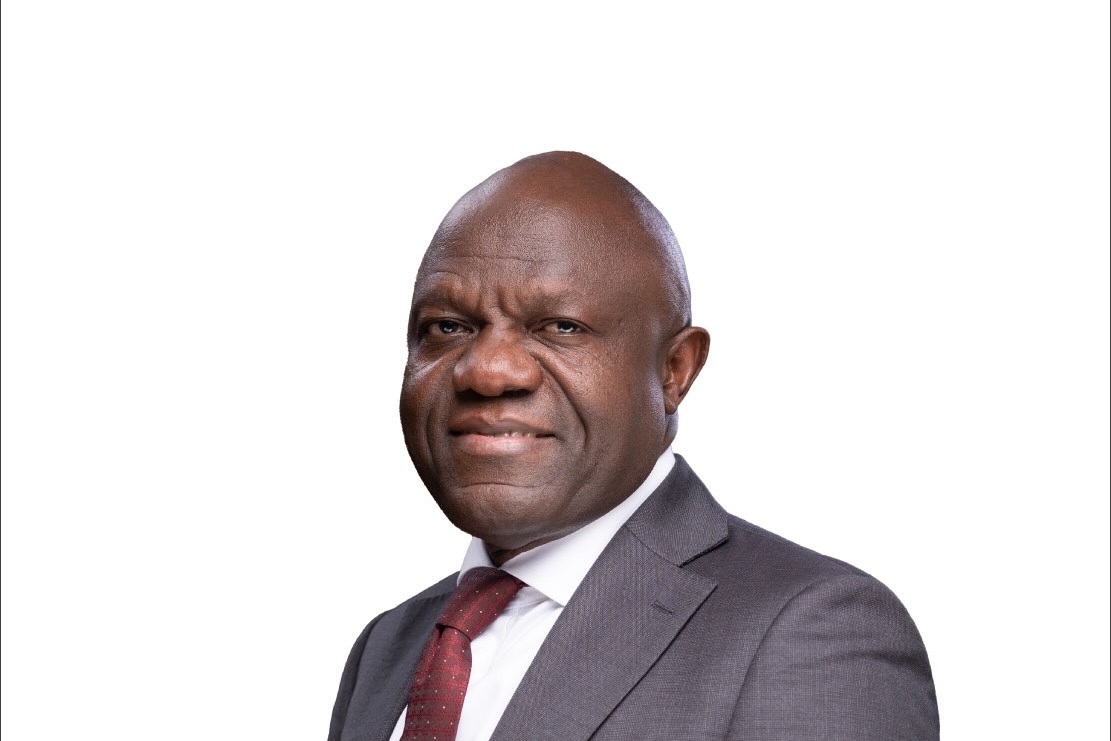

Post Comment